6 Sustainable Procurement Trends Shaping the Future


Although the world seems to be going back in some respects, it also keeps moving forward in others.
This primarily refers to customers and regulatory bodies increasingly pressuring companies to ensure their operations and products are eco-friendly, socially responsible, ethical, transparent, and sustainable.
Naturally, sustainable procurement is at the heart of these advancements.
To illustrate its importance, we’ll explore six trends shaping the future of procurement, helping businesses protect their reputation, competitiveness, and profitability.
This trend started with companies striving to improve operational efficiency and save costs by improving internal supply chain visibility.
However, as consumers shifted towards more ethical and sustainable purchasing decisions, companies began leveraging this visibility to demonstrate their commitment to these principles.
All of this gave rise to supply chain transparency.
For more clarity, let’s define these two interconnected terms.
Supply chain visibility refers to a company’s ability to monitor and track activities across the supply chain, from sourcing raw materials, components, and products to their delivery and final use.
This visibility—knowing what’s going on in your supply chain—then enables the company to be transparent about its operations.
Supply chain transparency, on the other hand, involves sharing this information with all stakeholders to meet consumer demands, achieve regulatory compliance, and foster trust and accountability.
As for customers, many surveys and studies have shown a growing demand for supply chain transparency.
Take a look at these statistics collected by Oracle.
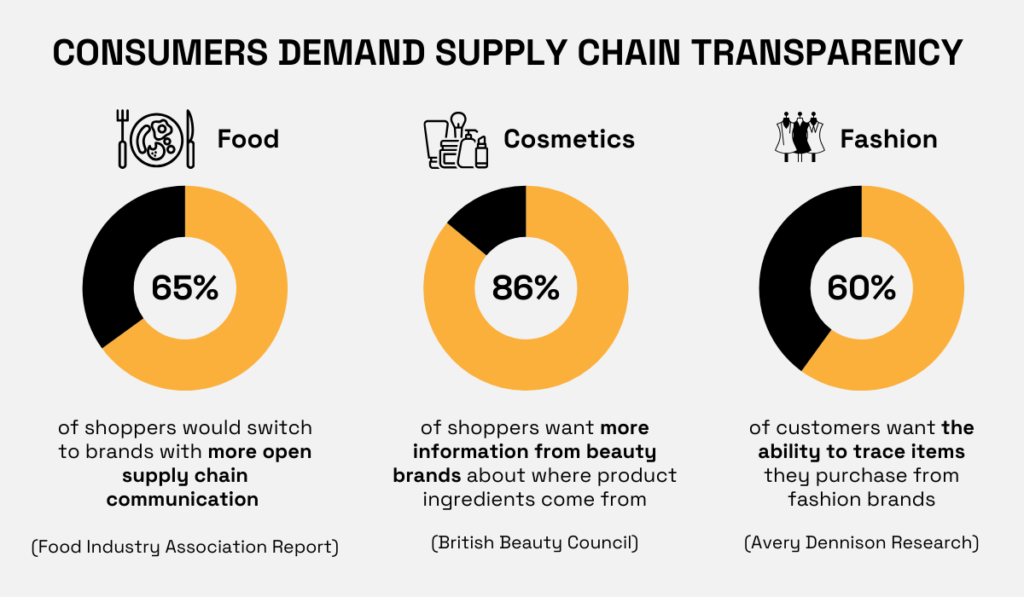
Illustration: Veridion / Data: Oracle
These numbers show that companies across different industries have to transparently inform their customers about the sustainable and ethical aspects of their procurement to keep them from switching brands.
Add to that the increasing pressure from regulators and the global interconnectedness, and it’s clear that companies can no longer claim ignorance when something goes wrong in their supply chain.
Naturally, this fuels urgency in achieving supply chain visibility to identify and address sustainability issues before they damage a company’s reputation and bottom line.
Gemma Thompson, Senior Solutions Advisor at a global procurement and supply chain consultancy Proxima, elaborates on this.
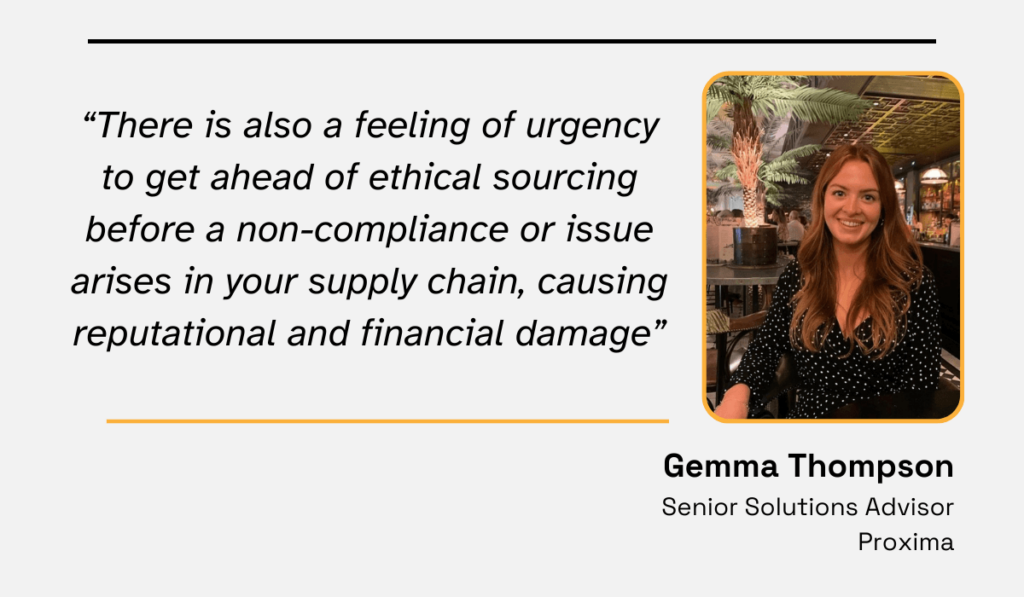
Illustration: Veridion / Data: Procurement Magazine
Having established what supply chain visibility and transparency are and why they’re important, let’s see what companies can do to fulfill this commitment.
In short, achieving supply chain visibility and therefore enabling transparency involves:
In practice, most companies have at least some of these requirements already covered.
In any case, the progress made in these areas will directly translate into many benefits, from increased operational efficiency and reduced costs to enhanced consumer trust, better brand reputation, and improved regulatory compliance.
Best of all, companies can use these data tracking, collection, and analysis capacities to share credible information about their sustainable procurement achievements with the public.
As you can see, Unilever readily recognizes that reaching 100% supply chain visibility is difficult, and openly lists its accomplishments so far, thereby demonstrating the company’s transparency and accountability.
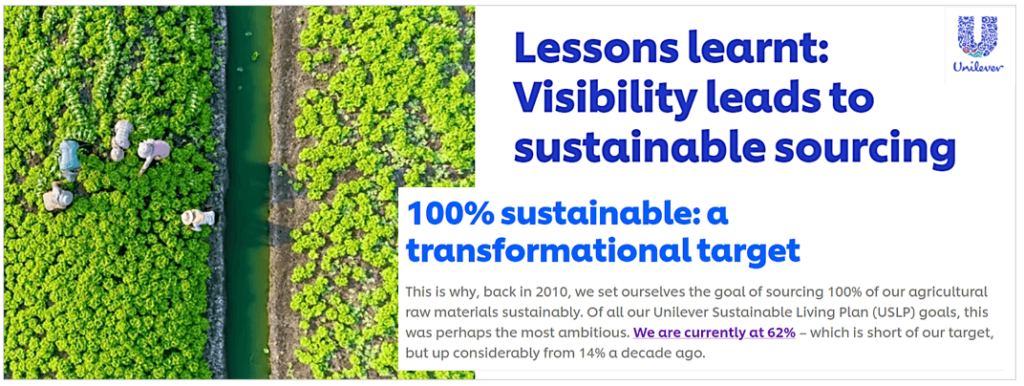
Source: Unilever
Overall, investing in improved supply chain visibility and transparency enables companies to meet their customers’ demands, comply with regulations, and protect their business from operational disruptions, reputational risks, and financial damage.
The trend of adopting green procurement practices has also been around for a while.
Its significance is growing, together with concerns about the impact of human activities on the environment and climate change.
As such, green procurement is sometimes also called environmentally sustainable procurement, green supply chain management, and, in the public sector, green public procurement.
While these terms are often used interchangeably, they all refer to the practice of sourcing goods and services that have a reduced impact on the environment and human health compared to other similar goods or services.
Therefore, when engaging in green procurement activities, procurement teams typically consider several key factors outlined in the image below.
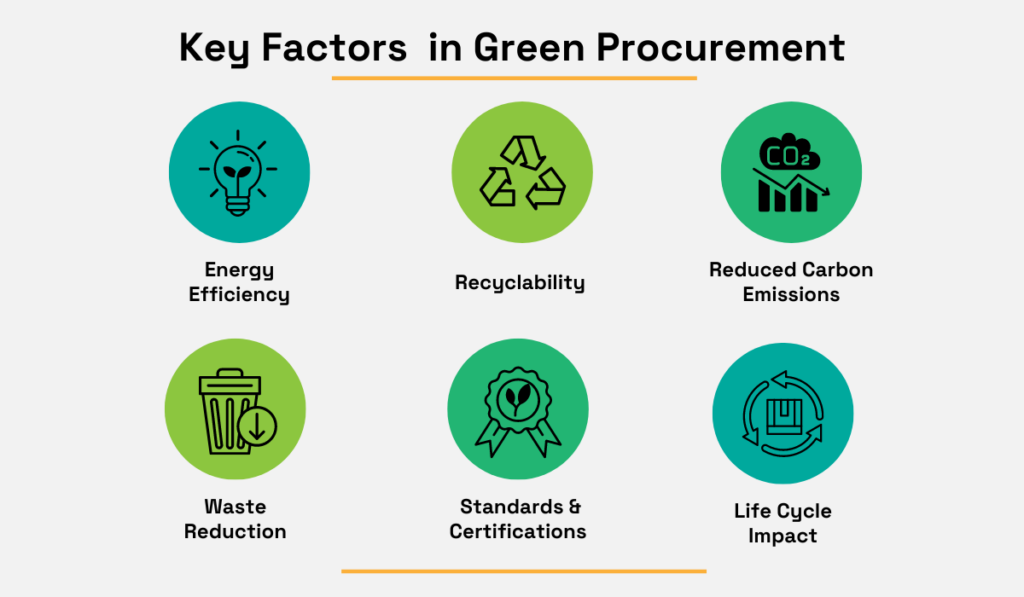
Source: Veridion
For example, companies can purchase renewable energy through Power Purchase Agreements (PPAs) to reduce their carbon footprint and demonstrate their commitment to sustainability.
Similarly, recyclability considerations might lead procurement teams to choose materials that can be easily recycled, thereby minimizing waste.
Concurrently, a company might verify supplier compliance with the ISO 14001 standard to ensure their adherence to effective environmental management practices.
Naturally, there are numerous examples of green procurement.
Think anything from sourcing energy-efficient equipment, clean technologies, and alternative fuels, to using recycled materials in final products, like Patagonia does.

Source: Bloomberg
Of course, when the green procurement trend started, companies quickly realized that applying ecologically responsible practices has many business advantages, such as:
Given all the above, it’s clear that adopting green procurement practices also involves the ability to make the right decisions when selecting sustainable suppliers, which brings us to the next section.
Needless to say, verifying that potential suppliers align with your company’s environmental, social, and governance (ESG) goals can be very challenging.
This is primarily due to the general complexity of the sustainability topics involved, which cover three broad aspects, namely:
This means that companies, when sourcing new suppliers and monitoring existing ones, have to ensure their suppliers comply with a range of ESG principles and goals they commit to.
For instance, take a look at the ESG commitments of the petrochemical company Braskem.
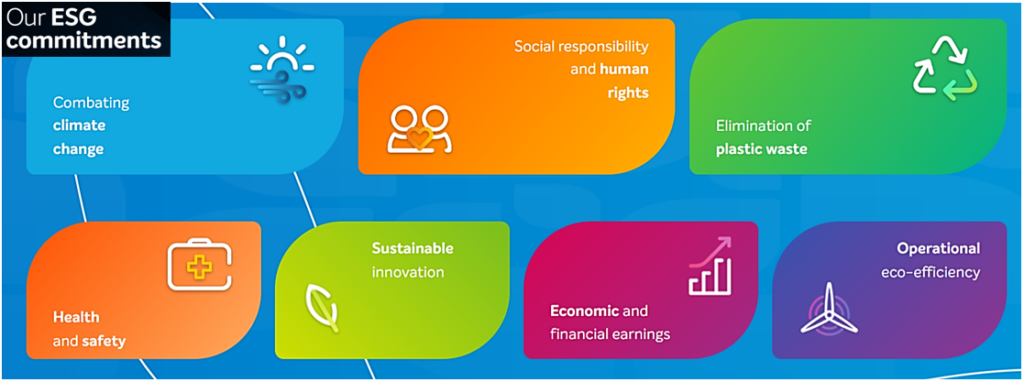
Source: Braskem
The complexity of making the right ESG decisions when selecting suppliers is further increased by the evolving nature of sustainability standards and regulations and how they vary between countries and regions.
All this gives rise to the need for comprehensive supplier data collection, updating, and analysis.
In today’s world, this implies using some type of procurement management software, preferably integrated with a vast global database of suppliers where you can filter suppliers by different ESG criteria.
One such AI-powered database with advanced search functions is our tool, Veridion.
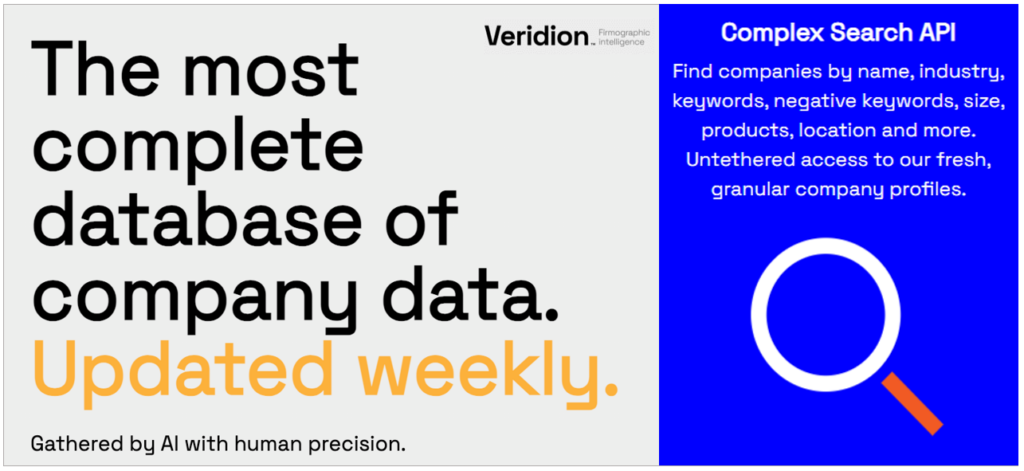
Source: Veridion
Our Complex Search API enables your procurement team to quickly find potential suppliers that meet specific criteria, enabling them to create a shortlist of candidates in mere minutes.
This is in stark contrast to the weeks and sometimes months needed to find and evaluate potential suppliers.
All database searches can be formulated in natural language and can include specific ESG criteria, as highlighted in the example below.
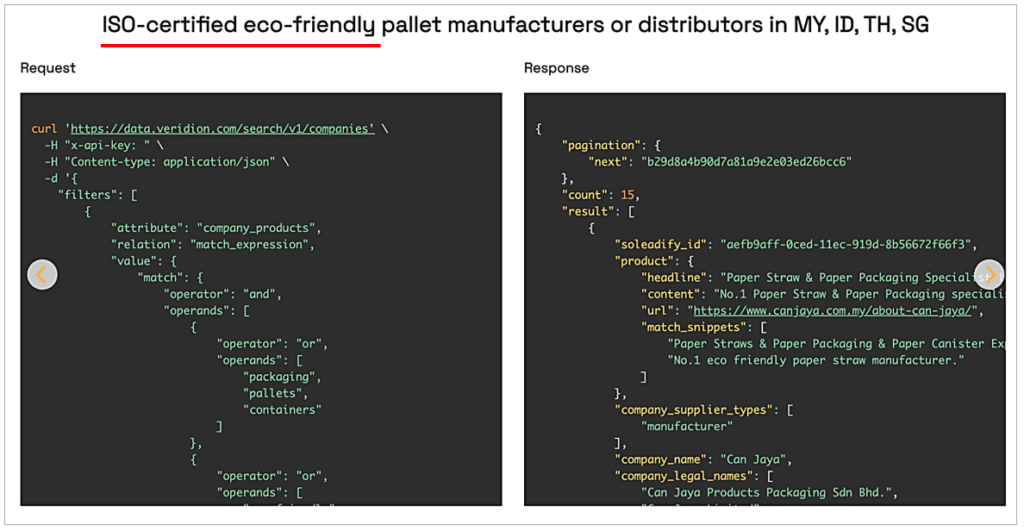
Source: Veridion
Moreover, you can filter the candidates according to different ESG criteria, such as ESG policies, ESG controversies, and diversified ownership.
Ultimately, this enables your team to make informed, technology-enabled, and sustainable procurement decisions.
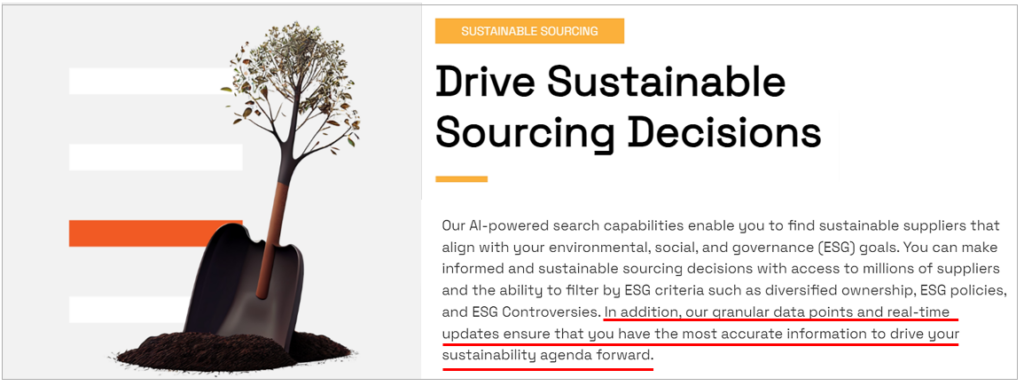
Source: Veridion
As highlighted in the image above, you can also use Veridion’s Match & Enrich API to keep your supplier records and master data updated with the freshest information, ensuring full visibility into your supplier landscape.
Together with Veridion’s supplier risk monitoring functions with real-time alerts, you can effectively monitor your suppliers’ ESG compliance.
In summary, the trend of using technology to streamline procurement processes, including making informed, data-driven ESG decisions, is unstoppable and will only continue to grow.
That’s why companies are embracing technology as a way to achieve more sustainable and ethical supply chain management.
And ethics are exactly what the next trend is about.
Reflecting a broader shift towards making more ethical and sustainable purchasing decisions, consumers have become increasingly concerned with how both companies and their suppliers treat their employees.
Businesses responded to this growing concern by implementing comprehensive fair labor practices within their own operations and extending these expectations to their suppliers.
Many have established stringent codes of conduct, requiring suppliers to adhere to high standards regarding fair wages, good working conditions, and worker rights.
For instance, Unilever has the Responsible Partner Policy that defines fundamental principles that suppliers are expected to uphold.
Out of the total of 17 principles, 11 are directly related to fair labor practices and respect for human rights, as shown below.
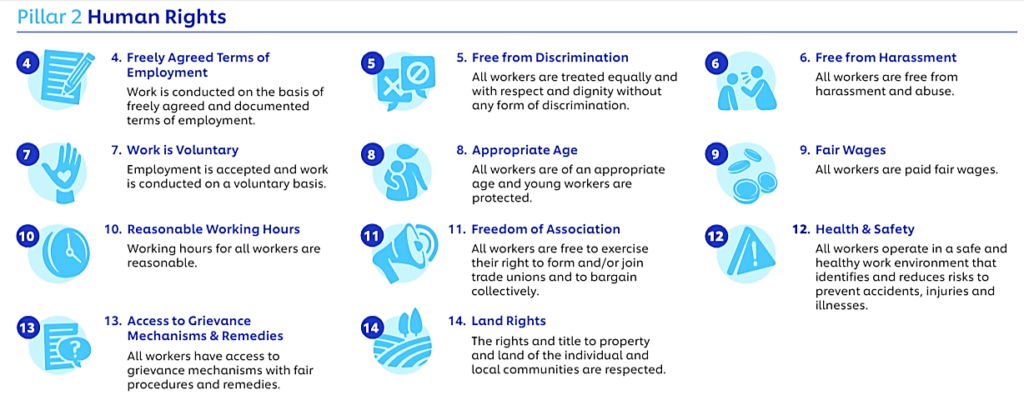
Source: Unilever
The policy clearly defines mandatory requirements, mandatory management systems, and future mandatory requirements, as well as leading practices for suppliers, and also explains how the company will verify their compliance.
However, such policies are often insufficient to prevent some suppliers from committing various violations of labor standards and human rights.
While such abuses might be more pronounced in countries with weaker regulatory environments and stronger economic pressures, this is a global issue that plagues even the most developed countries.
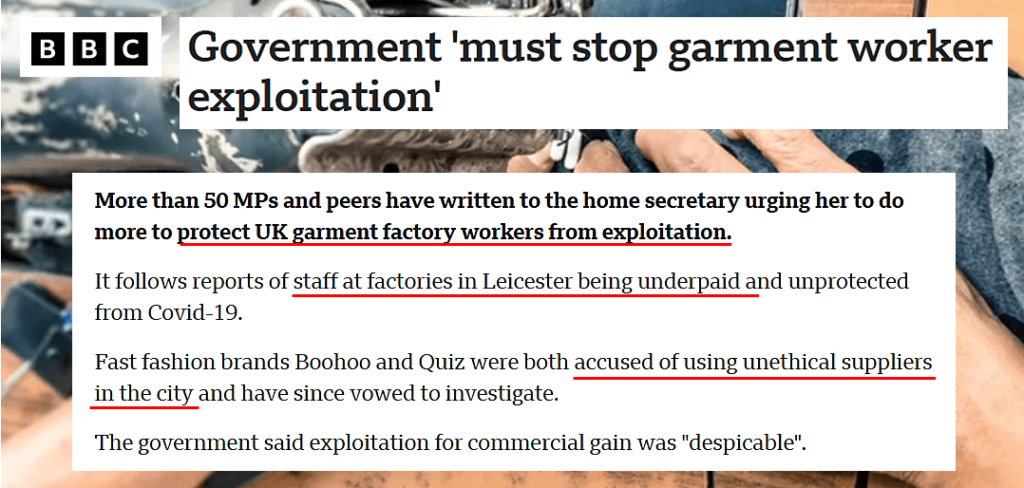
Source: BBC
The above article underlines that ensuring suppliers follow fair labor practices largely depends on companies being sincere about their commitment, and not just pretending to protect workers while actually looking to minimize costs.
Then, companies can effectively apply various strategies and actions that help ensure their suppliers are treating workers fairly, such as:
Ultimately, fostering a culture of fairness and respect throughout the supply chain not only protects worker rights but also enhances the company’s reputation and aligns with consumer values.
Fostering supplier diversity has become an essential component of sustainable procurement strategies.
By actively seeking out and engaging with suppliers from diverse backgrounds, companies can:
Michelle Picard, Director of Business Governance & Risk Management at Siemens Mobility North America, underscores the first item on the above list, i.e. the value of diversity in unleashing innovation and growth.
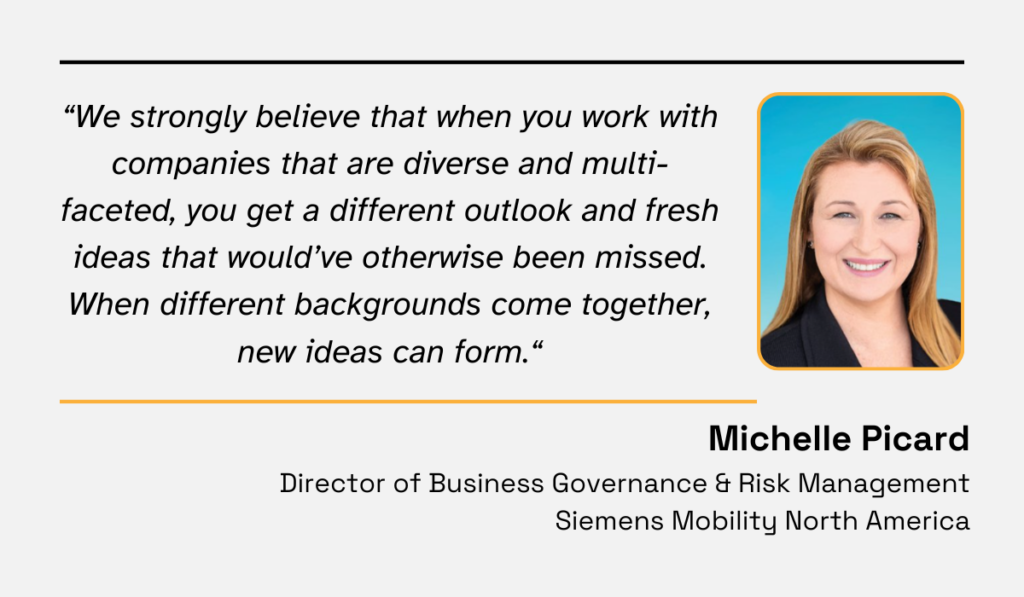
Illustration: Veridion / Quote: San Francisco Business Times
Picard goes on to say that supplier diversity is also important from a people and inclusion perspective, and that exclusivity impedes a company’s ability to innovate.
Another component is companies’ supplier diversity programs, which often focus on supporting businesses owned by women, minorities, veterans, and other underrepresented groups.
Here’s an example from Albertsons, an American grocery company.
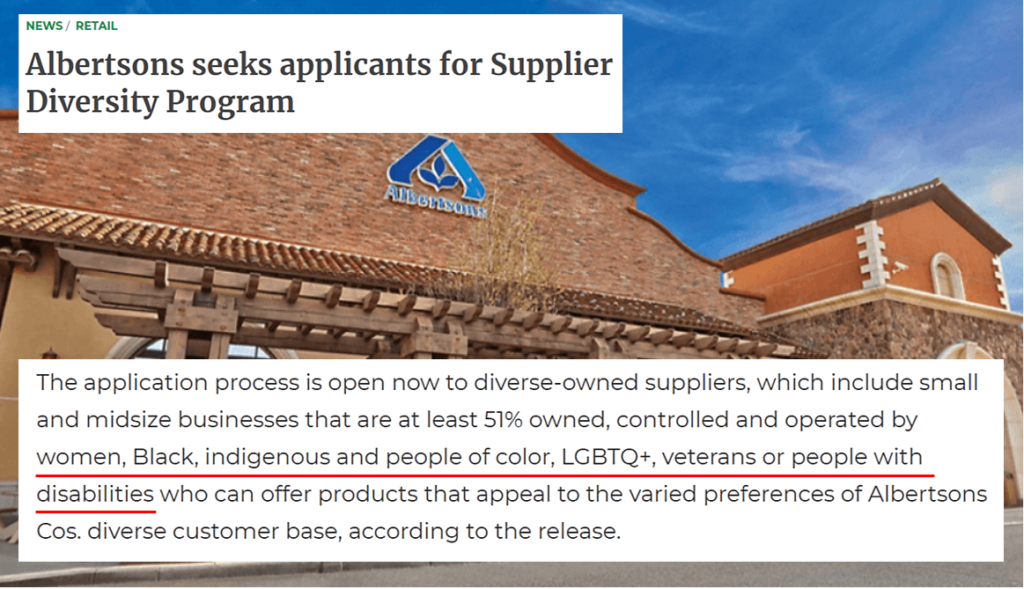
Source: The Packer
Their program helps drive the economic growth of diverse-owned, small, and midsize businesses and the communities they serve, demonstrating the company’s social responsibility.
It also enables Albertsons to offer their customers unique diverse-owned brands, thereby increasing customer choice, and enhancing their satisfaction and loyalty.
In 2023, nearly 500 businesses submitted applications, 60 passed into the final round, and six new diverse-owned brands were ultimately added to Albertsons’ network of more than 200 certified diverse suppliers.
To recap, supplier diversity initiatives have significant benefits for companies, from promoting equity and inclusion to fostering innovation, enhancing competitiveness, and driving economic growth within underrepresented communities.
Embracing circular procurement involves applying the principles of the circular economy to an organization’s procurement practices.
So, what exactly is the circular economy?
According to the European Union (EU), who are leading this trend:
“The circular economy is a model of production and consumption, which involves sharing, leasing, reusing, repairing, refurbishing and recycling existing materials and products as long as possible.”
They continue to say that, in practice, this involves extending the lifecycle of products and reducing waste to a minimum through recycling.
This means that circular procurement overlaps with green procurement, with both focusing on sustainability by minimizing waste and maximizing resource efficiency throughout the supply chain.
Therefore, there are many ways to apply the circular economy principles in procurement.
Puma’s Re:Fibre project is a good example of this.

Source: Puma
This company, by embracing circular procurement, manages to:
Moreover, this enables them to collect textile waste and use it as free raw material while engaging consumers by offering them the satisfaction of contributing to waste reduction and environmental protection, along with a discount.

Source: Puma
But like we said, this is only one of many examples of circular procurement.
Other options include purchasing refurbished electronics, leasing rather than buying equipment, and using packaging materials that can be fully recycled or composted.
Likewise, companies can look to source equipment and devices with extended warranties for the repair of key components and/or with included spare parts.
They can also prioritize suppliers who utilize waste materials to create new products.
These strategies not only reduce waste but also create new business opportunities and enhance sustainability.
In summary, just like other sustainable procurement trends we discussed, applying circular procurement offers myriad benefits for companies, people, and the environment.
Overall, it’s clear that the sustainable procurement trends outlined in this article have already taken root in many companies.
That’s because companies can, by embracing these practices, enhance their competitiveness, meet regulatory requirements, and fulfill consumer expectations, all while contributing positively to society and the environment.
So, whether it’s committing to supply chain transparency, utilizing tools to make technology-enabled decisions, or following fair labor practices and fostering supplier diversity, sustainable procurement is not just a trend—it’s the future of responsible business.